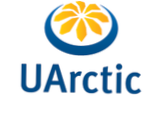The acquisition of compound nouns in North Saami
This chapter examines the acquisition of compound nouns in one Saami-speaking child at age 1;8–2;11. Saami compounds are mainly subordinate endocentric words. They are composed of a non-head and a head, the former preceding the latter. In the non-head, there is substantial morphological and morphophonological variation. The child’s compounds were mainly semantically and morphosemantically transparent. Opaque compounds were mostly pragmatically important words. The most common morphological types of compound nouns appeared in the child’s language before age 2;6. The frequency of various non-heads in child-directed speech corresponds with the order of appearance of different types of compounds in the child’s language. This also correlates well with the amount of different types of compound words used by the child.



